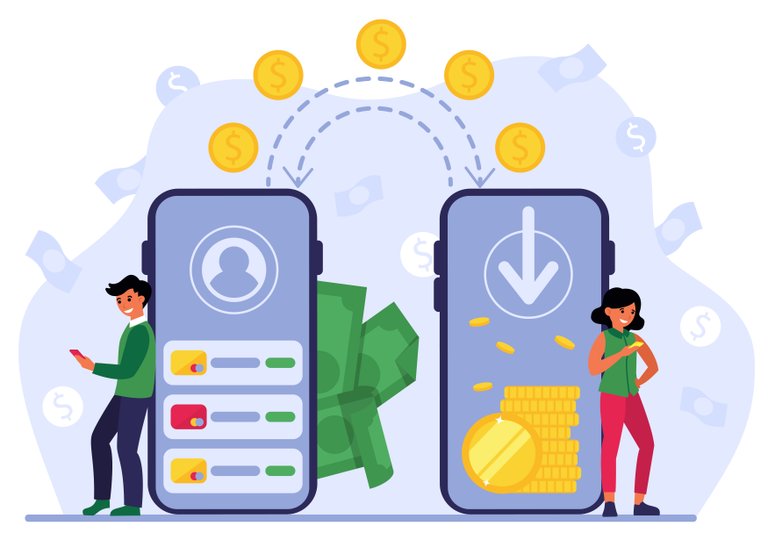Digital transactions secure more revenue
Had they had known, they would have embraced it earlier enough, I mean the government. While some are putting up lots of interest to foster blockchain which will help boast the economy, others are still trailing behind. I have talked about the potentials surrounding stablecoins and how it could be one game changer. From here we can start suggesting we may never escape ‘transaction fees’ A.K.A value added charges or being more plain, government taxes. This is how merchant stablecoins will operate in the centralized systems.
You can’t doubt it will lead in both dominance and transaction volume when compared to decentralized exchanges. I talked about this some other time in my article, without this market dominance to centralized systems; governments won’t allow underdog markets (DEXs crypto, stablecoins and tokens) to prevail. It will be rules upon rules just to frustrate every effort. We will be seeing a ‘let them go market’ which will be big enough for those who enjoy their things decentralized.

source
Heading back to transaction, the era of cash fading (paper notes extinction) is getting closer. It may not necessarily be completely out of market but what will be left will be very small. We have to consider there is still a lot of work to be done here especially for developing underdeveloped countries. Let’s keep the focus on advanced ones for NOW in my last article I discuss the challenges of financial checks and balance; something that is still processing. Talking of paper notes, does it really generate the government direct revenue through taxing? This is a big NO.
How many offline transactions happen daily? Ok, lets say you went to the local market to buy some food items with paper notes, how do they government access charges per purchase? Such uncountabilities results to billions if not in the trillions daily. Think of how much revenue loss this is to the economy should at least let say a 0.01 charge per transaction was to follow suit. Turnover adds much sense to invisible charges.

source
This is where digital transactions have stepped in. can or has the government made the most of it. From my views I don’t think much will be achieved from using the Digital Fiat method. Why am I saying so, discrepancies will always flood the Fiat system as long as a group of insider persons are responsible foe money minting. We have seen or heard of such severally where a nations currency gets over minted followed by undervalue.
So how do we intend to move forward from here; Stablecoins. This new form of digital money is presenting many opportunities to national/global taxing. It is a matter of can they take full advantage of it. What happens when stablecoins issuing companies are in the increase; there will be high demand for dollars. Let me use it to set this example since it still remains the unit of global account settlement. We ALL know the strategy that will be involved in stablecoin issuing; the 1:1 ratio method. What this means that, the more the demand, the more the buy to balance till there is nothing left. What the global economy will do from here is what I don’t know.
All I am saying is this, this process will lead to easy Fiat monitoring and easy taxing. Work made easy; government will be holding corporate private business like USDT and USDC for example responsible for returns per transaction. Paper notes vanishing into digital CEX will be an economic booster only if they will use this revenue wisely.
To conclude, let me add, the underestimated technology is still surfacing more potentials to the government benefit. I know decentralized enthusiast may frown at it. If you understand about what I earlier said about a divided market then you will also see other pending opportunity for opposite industry. The first stage is embracement, many things will definitely follow later,
Posted Using INLEO
